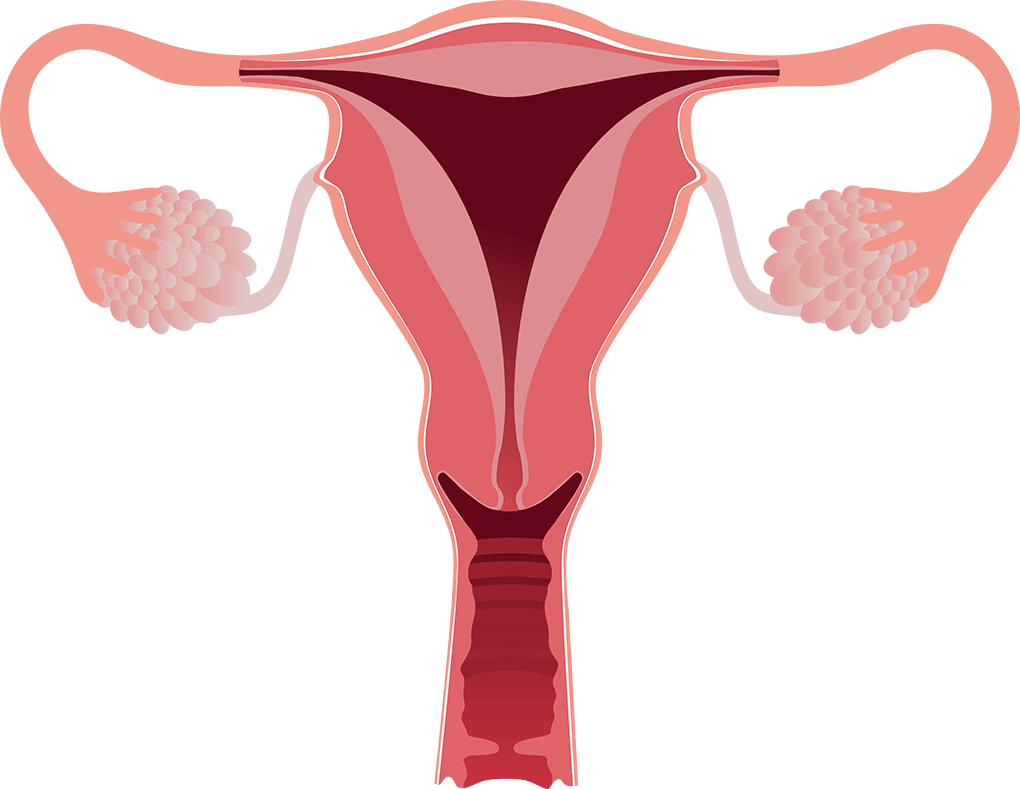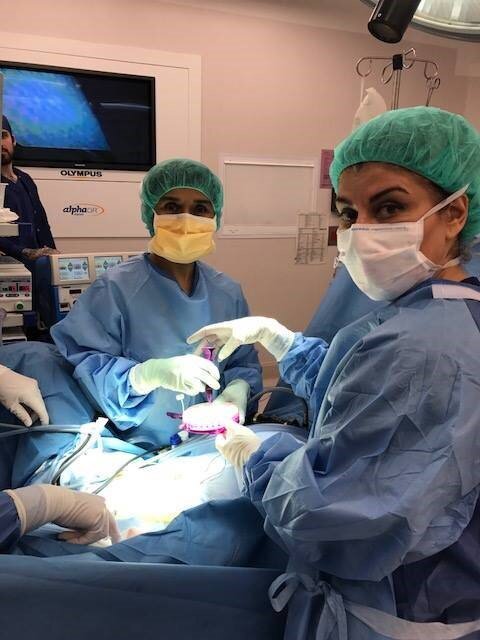Single Cut Laparoscopy
What is a Single Cut Laparoscopy?
Single cut laparoscopy is an exciting new advancement in non invasive surgery that allows us to reduce pain and promote faster recovery times for our patients.
Most typical laparoscopic operations require multiple cuts. An incision is made near the belly button for a tiny camera to be inserted, followed by up to three more incisions lower in the abdomen for additional operative instruments also to be inserted as needed.
But with single cut laparoscopy, only one incision is required to carry out the entire operation. Both the camera and required instruments are inserted through a 1-2cm cut in the umbilicus (belly button). An advanced access platform facilitates the triangulation of standard instrumentation through this single entry point.
Reducing the number of incisions down to one has multiple benefits for patients. Some of these benefits include:
- Less pain following the procedure
- Faster recovery times (one cut = easier to heal)
- Reduced risk of complications such as infection
- Cosmetic benefits of only one small scar
- Minimal time required in hospital
What Conditions is Single Cut Laparoscopy Used For?
Endometriosis Removal
Viewing the reproductive organs to look for signs of endometriosis and other possible problems. If endometriosis is seen during the procedure, a biopsy sample is usually taken to confirm the diagnosis.
If endometriosis or scar tissues needs to be removed, the tissue can be cut and removed during the single cut laparoscopy.
Ovarian Cystectomy
Ovarian cysts can be removed while still preserving the ovary, so women can remain fertile. During the surgery, the cyst is carefully detached from the ovary and removed from the body. After removal, the cyst can be sent for pathology analysis.
Hysterectomy
Gone are the days when a hysterectomy needed to be a major operation. Now the uterus can be detached from the pelvis (with or without the cervix) during a single cut laparoscopy. The tissue can then be removed either vaginally or in pieces through the belly button incision.
Fibroid Removal
A small scissor-like instrument is used to open the thin covering of the uterus. The fibroid is then located, and gently freed from its attachment to the uterine muscle. It’s then removed. The uterus remains intact, making this surgery an attractive option for women wishing to remain fertile.
Not all patients and conditions are suited to single cut laparoscopy. Your doctor will be able to recommend the best way forward for your individual situation.

How is Single Cut Laparoscopy Performed?
Our gynaecologists perform single cut laparoscopy at North West Private Hospital (just 15 minutes from Brisbane’s CBD). During the procedure, your doctor uses new minimally invasive techniques to reduce trauma and minimise scarring.
The surgery is performed under general anaesthesia. Your surgeon makes a small incision about 1-2cms long near the belly button. She then gently pushes a laparoscope through the umbilicus and directs it to the required area. A harmless gas is injected to expand the area and gain a clear view of the operative site.
Using the images from the laparoscopic camera as a guide, she assesses the problematic tissue and performs a biopsy or operation as necessary. Using a specialised access platform, she inserts a tube called a trocar into multiple ports. Using these trocars, special instruments designed for laparoscopic surgery are also inserted through the same single incision.
The advanced technology our surgeons use is designed to allow incredible manoeuvrability and optimal access to the target tissue through a single access point.
Once the procedure is complete, your doctor carefully removes the instruments, releases the gas, and closes the incision.
What to Expect From Your Surgery
Before your operation, you’ll most likely need to avoid eating and drinking for at least 8 hours. Your doctor will ask you about medicines and supplements you currently take, and potentially adjust your dosage for some or all of them.
After the procedure, you may feel a little sore around the incision area. This will pass, and your doctor may prescribe a light painkiller to keep you comfortable. Many patients are able to go home within a few hours after the surgery, although you may need to stay in hospital overnight.
As you’ll be under a general anaesthetic for the procedure, you will probably feel drowsy when you wake up (and for several hours afterward). So make sure you arrange to have someone drive you home safely.
You will wear a protective dressing over the wound for the first couple of days to keep it clean and dry. The incision should heal in about 5 days.
The actual length of your recovery time may vary, depending on the type of procedure that was performed. Heavy lifting may be limited for a few weeks. Your doctor will discuss your recovery schedule with you prior to the procedure.

